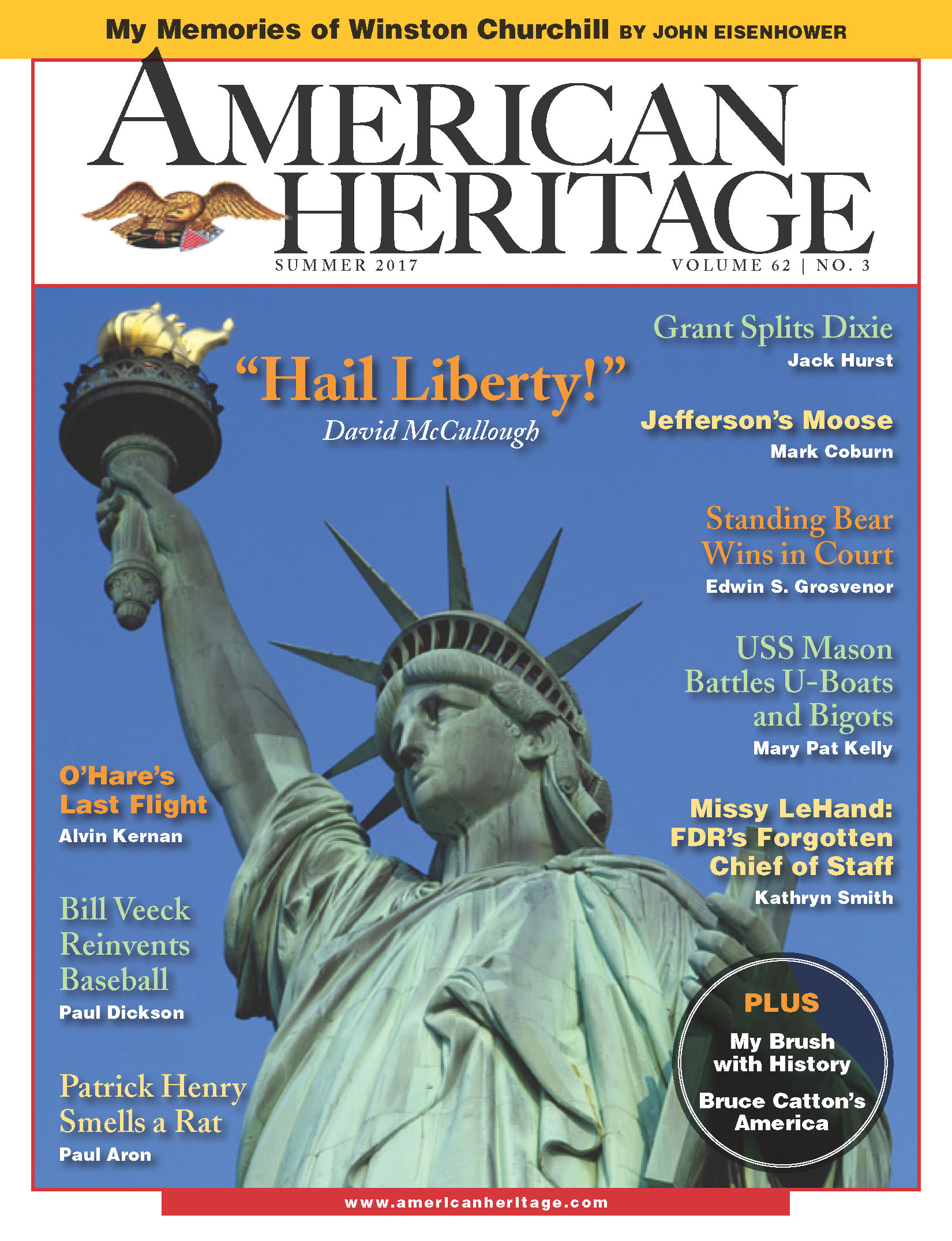-
November/December 2004
Volume55Issue6
Few periods in the history of this country can match the impact of the years between 1917 and 1941. In less than a generation America experienced the first large-scale dispatch of U.S. soldiers abroad (some 50,000 would not return), the transition of the United States from country to city, the emergence of Manhattan as the world’s financial center, the flowering of the consumer culture, the flocking of women to the polls, a revolution in morals, the most devastating depression the nation has ever known, the unionization of factory labor, the shift of allegiance of black voters from the Republican to the Democratic party, the birth of the welfare state, and the entry into a global war that would usher in the nuclear age.
The 10 books I recommend are aimed at giving readers a comprehensive view of these years from the perspective of the historian, but anyone seriously interested in understanding this era should also bear in mind that these are the halcyon days of American literature—of William Faulkner and Thomas Wolfe, of Robert Frost and Edna St. Vincent Millay, of Eugene O’Neill and Clifford Odets.
by David M. Kennedy (1980; Oxford). Kennedy explains how America mobilized its resources to fight an overseas war, but he does much more than that. He examines the aspirations of intellectuals, women, blacks, and workingmen and how they fared, and he investigates how the United States measured itself against the Old World, a confrontation that reached a climax with Woodrow Wilson’s voyage to Versailles. It is a melancholy tale, but it is one well worth reading.
by William H. Chafe (1991; Oxford). The appearance of Chafe’s
by Mark Schorer (1961; University of Minnesota; out of print). This biography offers a fair-minded, but unsparing, look at the man who was America’s first Nobel laureate in literature. Schorer relates Lewis’s enormous success in the 1920s, when
by Ronald Steel (1980; Transaction). Walter Lippmann was the most influential journalist and the most important public intellectual of the twentieth century in the United States, and Steel, in this gracefully written book, does him full justice. It could not have been easy to devote some 600 pages to the life of a philosopher and syndicated columnist and retain the reader’s interest throughout, but Steel has written a page-turner. In addition to contributing to political theory, Lippmann advised Presidents from Theodore Roosevelt to John F. Kennedy, and Steel is especially effective in showing how Lippmann first admired, and then came to abhor, Lyndon Johnson.
by David Levering Lewis (1981; Penguin). Lewis’s book opens with a riveting account of proud black soldiers returning from the Western Front and ends with the Harlem riot of 1935. In between, the reader encounters not only prominent black leaders from W. E. B. Du Bois to Marcus Garvey but luminaries of the Harlem Renaissance such as Langsten Hughes and Countee Cullen, and a cast of far less known but compelling figures, like Pig Foot Mary.
by George B. Tindall (1967; Louisiana State). A volume in the highly regarded History of the South series, Tindall’s book covers the era from the inauguration of a Virginia-born President, Woodrow Wilson, in 1913 through the end of World War II, a conflict that left the section less isolated and more cosmopolitan, but with leaders in full retreat to a racist past. In such chapters as “The South and the Savage Ideal” and “The Congo of Bozart,” Tindall shows that you can blend political, economic, and cultural analysis and still tell a fascinating story.
by John Brooks (1969; Wiley). Brooks’s beguiling book opens with the 1920 bomb blast on Wall Street very close to the House of Morgan that took the lives of some 40 people, none of them rich and mighty, and carries on through the taming of the financial district by the Securities and Exchange Commission. The most arresting story Brooks tells is of Richard Whitney, the arrogant Morgan broker and president of the New York Stock Exchange, who hurled contempt at the regulators but wound up in Sing Sing penitentiary.
by Irving Bernstein (1970; Houghton Mifflin; out of print). Bernstein’s book not only explores the impact of the New Deal on the assembly line but, as its title suggests, vividly re-creates the tumult of the Great Depression: “Bloody Thursday” on the San Francisco waterfront, the sit-downs in the auto plants, the Memorial Day massacre at Republic Steel. He reminds us that a country that does not like to think it harbors class distinctions was seriously riven by class.
by Arthur M. Schlesinger, Jr. (1958; Houghton Mifflin). This book is the middle volume of Schlesinger’s magisterial trilogy
by Robert Dallek (1979; Oxford). Dallek, who later wrote the most judicious of the biographies of Lyndon Johnson, is no less evenhanded in this wide-ranging overview of the entirety of FDR’s Presidency. He acknowledges that Roosevelt made mistakes in his conduct of foreign affairs but maintains that critics have treated him too harshly. Dallek’s book recalls for the reader FDR’s struggles with isolationists at home and with Hitler, Mussolini, and Stalin abroad, and recounts the President’s grand alliance with Winston Churchill. He also leads the reader to the next era of American history by reckoning that contrary to Harry Truman’s critics on the left, Roosevelt would have had a showdown with Moscow earlier than Truman did.


